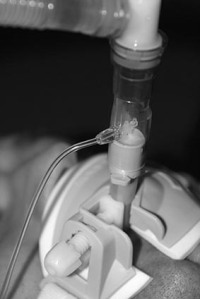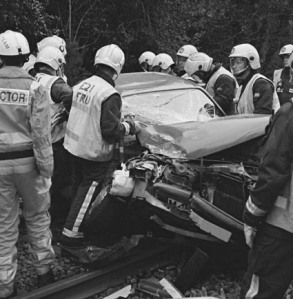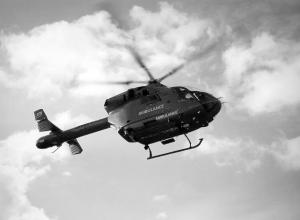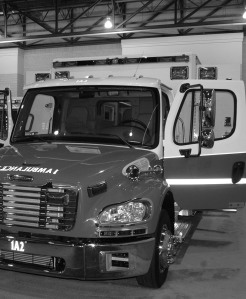Resuscitation: August 2015, Volume 93, Pages 20–26
Overall survival from out-of-hospital cardiac arrest (OHCA) is less than 10%. After initial bag-valve mask ventilation, 80% of patients receive an advanced airway, either by endotracheal intubation (ETI) or placement of a supraglottic airway (SGA). The objective of this meta-analysis was to compare patient outcomes for these two advanced airway methods in OHCA patients treated by Emergency Medical Services (EMS).
Methods
A dual-reviewer search was conducted in PubMed, Scopus, and the Cochrane Database to identify all relevant peer-reviewed articles for inclusion in the meta-analysis. Exclusion criteria were traumatic arrests, paediatric patients, physician/nurse intubators, rapid sequence intubation, video devices, and older airway devices. Outcomes were (1) return of spontaneous circulation (ROSC), (2) survival to hospital admission, (3) survival to hospital discharge, and (4) neurologically intact survival to hospital discharge.
Results
From 3,454 titles, 10 observational studies fulfilled all criteria, representing 34,533 ETI patients and 41,116 SGA patients. Important covariates were similar between groups. Patients who received ETI had statistically significant higher odds of ROSC (odds ratio [OR] 1.28, 95% confidence interval [CI] 1.05–1.55), survival to hospital admission (OR 1.34, CI 1.03–1.75), and neurologically intact survival (OR 1.33, CI 1.09–1.61) compared to SGA. Survival to hospital discharge was not statistically different (OR 1.15, CI 0.97–1.37).
The authors’ meta-analysis of 10 studies shows that ETI is associated with improved outcomes after OHCA when compared to SGA. Despite the effect sizes being small, they were consistent across outcomes after OHCA, including proximal outcomes occurring minutes after cardiac arrest (e.g., ROSC) and distal outcomes that are not apparent until days to weeks after the cardiac arrest event (e.g., neurologically intact survival to hospital discharge.)
The authors explained that the mechanisms behind these associations are poorly understood. “Although not common, multiple complications can occur during and after SGA insertion including pulmonary aspiration, pneumothorax, upper airway bleeding, oesophageal laceration, subcutaneous emphysema, tongue oedema, tracheal injury, and pneumomediastinum. In addition, the airway is not secure after SGA insertion, so head and neck position can lead to significant oropharyngeal air leaks, and most patients will still undergo ETI after arrival in the Emergency Department. Finally, decreased carotid blood flow has been seen in a porcine model of SGA use in cardiac arrest, however this has yet to be demonstrated in humans. These complications may result in worse outcomes for SGA patients despite the concern that ETI is more difficult to perform in the pre-hospital environment.”
Conclusions
Patients with OHCA who receive ETI by EMS are more likely to obtain ROSC, survive to hospital admission, and survive neurologically intact when compared to SGA.
As the research is a meta-analysis of existing data and no randomized controlled trials exist comparing these two airway interventions, resulting in an overall low quality of evidence, the authors do recommend a randomized controlled trial be undertaken.
http://www.resuscitationjournal.com/article/S0300-9572(15)00209-9/abstract









